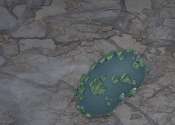Similar organisms deal with life in the extreme differently, research finds
Life in extreme environments – hot acids and heavy metals, for example – can apparently make very similar organisms deal with stress in very different ways, according to new research from North Carolina State University.






